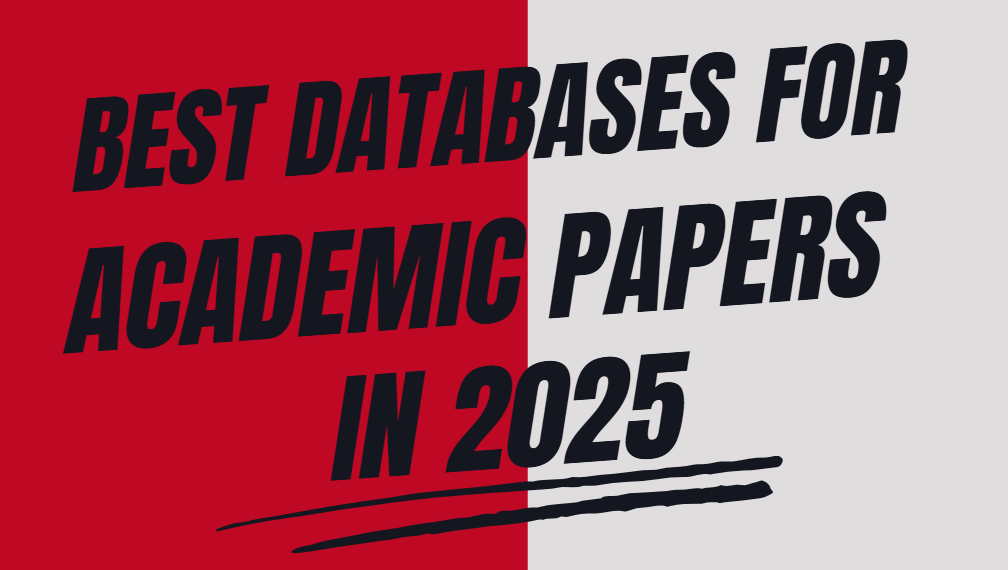How to Effectively Begin the Literature Review Section of Your Research Paper:
Kenfra2025-01-08T15:03:59+05:30Starting the literature review section of your research paper, can be challenging, as it requires not only summarizing existing research but also positioning your study within the broader academic conversation. However, with the right approach, you can lay a solid foundation for your research and provide readers with the context they need to understand your work. At Kenfra Research, we understand the importance of crafting a well-organized and engaging literature review, and we’re here to guide you through the process.

What is a Literature Review?
A literature review is a critical summary and analysis of existing research on a particular topic. Its purpose is to demonstrate the current state of knowledge in your field, identify gaps in the literature, and show how your research addresses those gaps. The literature review is more than just a summary of past studies; it should synthesize the information, highlighting trends, debates, and methodologies that have shaped the field.
How to Effectively Begin the Literature Review Section
- Set the Context for Your Research Topic
Begin by introducing the broad area of study and explaining why the topic is important. Provide the historical background or key theories that have shaped the topic, giving your readers a sense of the broader context before diving into specific studies.
- Example:
“The impact of social media on mental health has been a growing area of concern in psychological research. In recent years, scholars have increasingly focused on how prolonged social media usage affects adolescents, particularly about anxiety and depression.”
- Identify the Research Problem
Clearly state the research problem or question that your study addresses. This helps to narrow the focus and explains how your literature review relates to your research. Define the scope of your review and specify what aspects of the topic you’ll cover.
- Example:
“While several studies have explored the relationship between social media use and mental health, few have focused on the long-term effects of exposure to social media influencers on self-esteem. This literature review examines existing research on this underexplored aspect.”
- Establish the Need for Your Study
Highlight gaps in the existing literature. Point out areas where current research is lacking, outdated, or inconclusive. This is where you demonstrate the relevance of your study. The goal is to show why your research is needed and how it will contribute to advancing knowledge in the field.
- Example:
“While much research has addressed social media’s immediate effects, there is a notable lack of studies examining its long-term consequences. Furthermore, research focusing on the influence of social media influencers remains sparse, despite the growing popularity of these figures among younger audiences.”
- Define Key Terms and Concepts
To ensure clarity, briefly define key terms, concepts, or frameworks that are central to your research. This helps establish a common understanding and avoids confusion later in the review.
- Example:
“For this review, ‘social media influencers’ are defined as individuals with substantial online followings who use their platforms to promote products, ideas, and lifestyles.”
- Create a Roadmap for the Review
Provide a brief overview of how the rest of the literature review will be organized. You can divide the review into themes, methodologies, or chronological developments depending on the focus of your research. This gives your readers a clear guide to what’s coming next.
- Example:
“The review is structured as follows: first, I will explore studies on the psychological impacts of social media usage. Next, I will discuss research on the role of influencers in shaping youth perceptions. Finally, I will examine the few studies that address long-term exposure to social media and its effects on mental health.”
Additional Tips for Writing an Effective Literature Review
- Be Critical, Not Just Descriptive
A literature review is not just a list of what others have done. It should be a critical analysis of existing research, discussing the strengths, weaknesses, and limitations of previous studies. Compare and contrast different findings and perspectives. - Synthesize the Information
Don’t simply summarize studies; try to bring them together. Look for patterns, trends, and contradictions. Show how studies relate to one another, and how they lead to a better understanding of your research question. - Stay Focused
Ensure that your literature review is relevant to your research question. Avoid getting sidetracked with unrelated studies, and ensure all included sources are directly linked to the topic at hand. - Use Recent and Relevant Sources
Cite the most recent and relevant studies. This will show that your research is built on current knowledge and highlight any recent developments in the field. - Keep Your Voice
Even though you’re summarizing others’ work, your voice should remain central. Avoid passive voice and be sure to explain the significance of each study about your research.
Conclusion
The literature review is an essential part of any research paper, setting the stage for your own study by demonstrating the existing body of knowledge and identifying gaps that your research will address. By starting your literature review with a clear context, identifying the research problem, and showing the need for your study, you lay a strong foundation for your readers.
At Kenfra Research, we understand that writing a literature review can feel daunting, but with the right structure and approach, you can make this section a powerful tool for showcasing the significance of your research. If you need help organizing or refining your literature review, our expert team is here to support you every step of the way. Let us assist you in producing high-quality, impactful research.





Leave a Reply